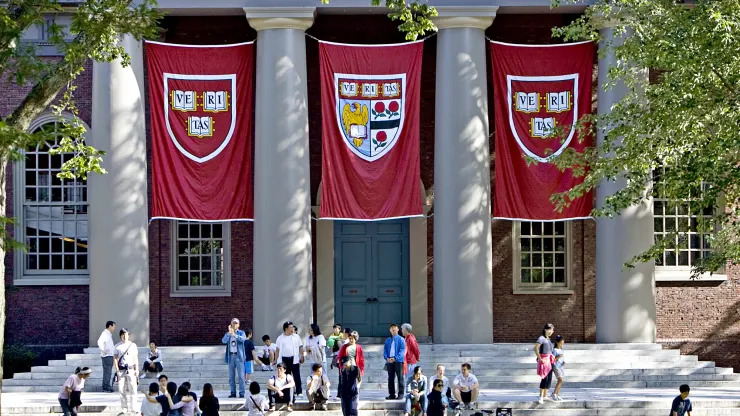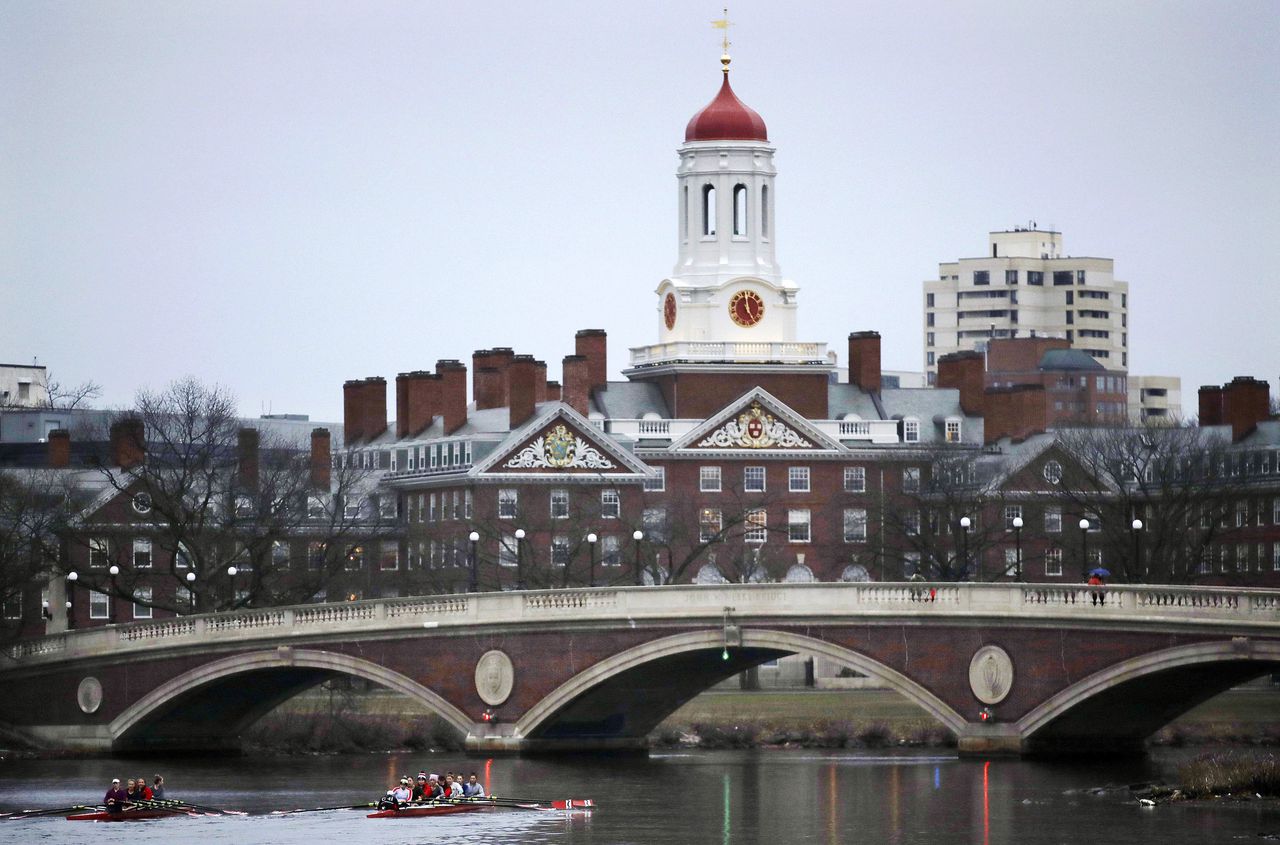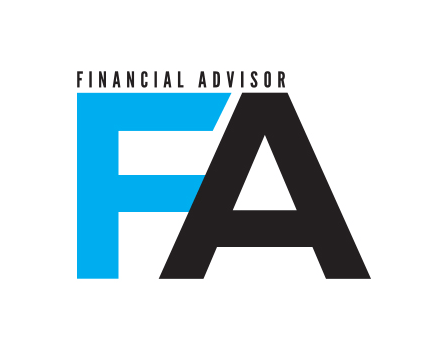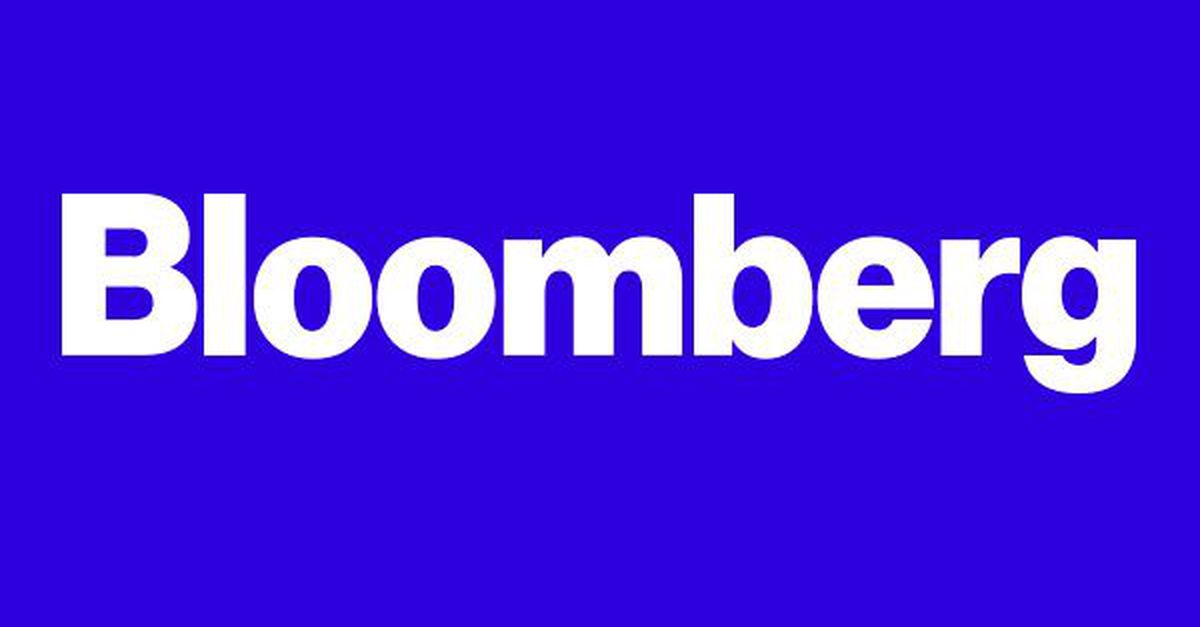Responsible Investor: Are European Fund Houses Coming for US Managers' ESG Lunch?
NEPC’s Endowment and Foundation Team Leader, Krissy Pelletier, was quoted in Responsible Investor to speak on how asset owners are thinking about sustainability considerations and its role in their manager selection. View the article on Responsible Investor’s site here.
US asset owners look further afield as local managers lose appetite for sustainability.
. . .
Krissy Pelletier, partner and head of endowment and foundation team at consultancy NEPC, says US asset owners are getting “more and more savvy and looking much further and much deeper”.
“Even investors who come to the table with strictly the investment-opportunity lens have gotten more savvy on digging deeper when there is a sustainability-minded find, asking questions about the expertise of the team or additional resources that a firm is utilising,” she adds.
. . .
According to Pelletier, there may have to be “hard choices” if underperformance of sustainable or ESG strategies impacts the spend rate of one of her clients or the work it is aiming to carry out.
However, she notes that many asset owners are being patient as some ESG strategies underperform and are willing to try and understand the underlying causes.
Click here to continue reading the full Responsible Investor article.
FIN News: Opportunities to Improve Endowment Returns May Come As Private Markets Reset: Consultants
NEPC’s latest Insight “How Should The NACUBO-TIAA Report Impact Endowment Finances?” was recently covered in an article by FIN News to discuss our findings. View the article on FIN News’ site here.
The current state of private markets can create opportunities for smaller endowments to incorporate private equity into their portfolios, according to investment consultant NEPC.
“Disruption in private markets may open up opportunities to endowments. In our view, private markets will continue to reset throughout 2023, and lower valuations may provide attractive entry points,” the firm said, in a recent insight post that noted the financial success of larger higher education endowments is mainly due to private equity market exposure.
. . .
While disruptions to private markets such as the recent bank closures have led to uncertainty, NEPC does not feel there is risk in the banking system but rather opportunities that may open up to endowments.
“Overall, banks are well capitalized. We think the recent closing of Silvergate Bank, Signature Bank and Silicon Valley Bank will prove to be isolated liquidity events that are largely the result of asset-liability mismatches relative to the deposit profile for each bank,” NEPC said.
“Historically, recession- and recovery-era vintage years have created some of the best opportunities to deploy capital to private equity,” according to the firm.
CNBC: More Colleges to Close Even as Top Schools Experience Application Boom
NEPC’s Kristin Reynolds was quoted in a recent CNBC article to discuss why some smaller colleges and universities might be closing their doors even amid a surge in applications. View the article on CNBC’s site here.
Citing inflationary pressures and sinking enrollment, more colleges are set to close in 2023.
Already, Presentation College in Aberdeen, South Dakota; Cazenovia College in Cazenovia, New York; Holy Names University in Oakland, California; and Living Arts College in Raleigh, North Carolina, announced they will shut down after the current academic year.
The consequences of fewer students and less tuition revenue since the start of the pandemic have been severe, according to Kristin Reynolds, a partner and leader of NEPC’s Endowments and Foundations practice.
“Larger institutions can weather the storm,” she said.
. . .
“The largest endowments are able to support their schools a little bit more,” Reynolds said. “These colleges are continuing to attract students through scholarships and that makes them more competitive.”
FIN News: Greater Alts. Allocations Help Mega Endowments Rise Above Smaller Peers: Report
NEPC’s “Mega Endowment FY 2022 Returns” report was featured in a recent FIN News article to discuss our findings. View the article on FIN News’ site here.
Mega endowments continue to outpace their smaller peers despite the challenging market environment due in part to greater allocations to diversifying alternative asset classes, according to a recent report.
. . .
There was a case to be made for maintaining allocations to public equities and fixed-income securities coming out of COVID-19, which challenged the merits of diversification, according to Senior Consultant Colin Hatton.
“Higher education endowments have been reducing exposure to diversifying alternatives over the past several years. However, in 2022, we saw that the larger endowments that maintained large allocations to real assets, private equity and hedge funds were rewarded due to macroeconomic factors, mainly high-interest rates and inflation,” Hatton said, in e-mailed commentary.
. . .
“As we look ahead, we expect that real assets and active hedge fund strategies will continue to play an important role in client portfolios, but the near-term differential between public and private market performance should narrow as we head into 2023 and beyond,” Hatton said.
FIN News: Nonprofit News Special Report: 2023 Alternative Investments Outlook
NEPC’s Kristin Reynolds was quoted in a recent FIN News article to discuss vintage years and real estate markets. View the article on FIN News’ site here.
As nonprofit investors expect market volatility to continue, with the possibility of an economic recession on the horizon, many are seeking early-stage private equity, private debt, real estate, infrastructure or hedge fund strategies to capitalize on macro trends that include a slowdown in economic growth, rising inflation, emerging technologies and demographic trends.
. . .
The historical performance of funds from recessionary periods was one reason that investment consultant NEPC is advising clients to commit to 2023 vintage funds, even if they have concerns about their portfolio’s liquidity, according to Kristin Reynolds, partner and practice leader, endowments and foundations.
“Historically, some of the best vintage years were when markets had a little more distress. If clients are concerned about liquidity, we’ve said to reduce the level of investments to each manager in their portfolio. We think the private equity GPs will start feeling pressure to deploy and they’ll find opportunities,” Reynolds said.
. . .
NEPC’s Reynolds sees that real estate markets are varying based on property type.
“The core real estate funds have seen marks of 10% to 15%, and we’re seeing positive appreciation of industrial, but that’s really off set by off ice and retail, based on changing market dynamics. So, you are getting the inflation hedging, but maybe more so in the broadly diversified funds,” she said.
The Boston Globe: Harvard, the Richest University, is a Little Less Rich After a Tough Year in the Markets
NEPC’s Kristin Reynolds was quoted in a recent Boston Globe article to discuss how Harvard’s endowment shrunk by $2.3 billion to $50.9 billion during a down time for financial markets. View the article on The Boston Globe’s site here.
Humility is not the first word Harvard University brings to mind.
But last year, when the storied school’s endowment soared in value along with just about every kind of investment on the planet, administration officials wisely tempered their enthusiasm – and expectations for the future. Their message to students, staff, alumni, and the often envious outside world: Markets give and markets take away.
Sure enough, their caveat got a call-back on Thursday as Harvard reported that the value of its endowment – including investments and donations – slumped by $2.3 billion to $50.9 billion in the year ended June 30, amid an ugly selloff in financial markets.
. . .
“My impression is the worst is yet to come,” said Kristin Reynolds, a partner at investment consultant NEPC in Boston and the team leader of its endowments and foundations group. “However, I would say that private markets performance had been so strong the year prior, that it is still helping portfolios relative to public markets.”
Click here to continue reading the full Boston Globe article.
Institutional Investor: Endowments and Foundations Increasingly Want Their Top Advisors to Act Like OCIOs
NEPC’s Sam Austin and Steve Charlton were featured in a recent Institutional Investor regarding the findings of NEPC’s 2022 Governance Survey. View the article on Institutional Investor’s site here.
Institutional investors increasingly want their most trusted advisors to function like outsourced chief investment officers.
In the next five to seven years, a third of endowments and foundations want their most trusted advisors — usually investment managers — to handle their portfolios like OCIOs, according to NEPC’s 2022 governance survey published Thursday. The survey included responses from organizations including public and corporate pensions, foundations, defined contributions plans, healthcare organizations, and endowments.
This increasing reliance on managers and consultants was recorded across fund types, with 19 percent of healthcare funds and 17 percent of defined contribution funds also anticipating that their most trusted advisors will act like OCIOs in the near future, up from 10 percent and 13 percent, respectively.
Among endowments and foundations, 26 percent said they currently view their most trusted advisors as investment managers, which NEPC defined as a “consultant or manager who handles everything like an OCIO.” Thirty-two percent said they see their most trusted advisors taking on this role in the next five to seven years.
“That’s a trend that’s been going on for a while now,” Steve Charlton, NEPC partner and head of client solutions, told Institutional Investor. “At least in the last six or seven years, endowments and foundations have been turning more and more to OCIO-type organizations to manage their assets.”
As institutions attempt to navigate increasingly-complex markets and develop more advanced portfolios with exposure to alternative investments like hedge funds, private equity, and private debt, they may need additional expertise from OCIO providers who have more experience in these areas, Charlton said.
Among the asset owners surveyed by NEPC, 43 percent described their most trusted advisor was a partner, someone with whom they work closely to develop their investment programs. About a quarter said they have advisors (“I make the decisions, but almost always do what they recommend”), while 15 percent said they use a consultant as a key source for information and perspective. Twelve percent identified their most trusted advisor as an investment manager who acts like an OCIO, with 17 percent expecting their top advisors to take on this role in the next five to seven years.
“This survey is reinforcing our belief that more and more investment committees or brand sponsors or whoever it might be are interested in turning over additional responsibilities to their trusted advisor,” Charlton said.
NEPC also asked respondents about the degree to which they consider diversity, equity, and inclusion issues — something which 80 percent agreed was an important consideration in their investment programs.
However, respondents from pension plans (both corporate and public), defined contribution plans, and insurance organizations were slightly less likely to indicate DEI as an important aspect of their program. Specifically, 38 percent of respondents from these organization types said that DEI was not important, significantly higher than the average of 20 percent.
Meanwhile, endowments and foundations were slightly more inclined to say that DEI initiatives were “extremely important” to their organizations. Nineteen percent of respondents from endowments and foundations answered “extremely important” versus 18 percent overall.
This discrepancy may be a result of endowments’ and foundations’ more recent adoption of DEI issues compared to pension plans, according to Sam Austin, NEPC partner and governance board member. Austin said pensions were at the forefront of DEI initiatives in the eighties and nineties. Other institution types have started to catch on in more recent years, particularly after the murder of George Floyd in 2020 and subsequent civil rights protests.
“Endowments, foundations, and healthcare organizations have increasingly caught fire over this issue over the last two and a half years, going back to that catalyzing event of George Floyd,” Austin said.
Austin said endowments and foundations now place a greater emphasis on aligning their organizations’ missions with their investment portfolios than they did ten or 15 years ago.
“The intensity of the issue is more front and center and it’s a fresh topic for the endowment and foundation world, whereas it’s been an issue that’s been on the table for pensions for much longer,” Austin said.
The Denver Foundation: Aligning Assets with Mission
It might seem a modest shift. But for TDF, it was the start of an ambitious strategy to use both its investments and its grantmaking to advance the goals at the heart of its philanthropic mission: diversity, equity, and inclusion.









